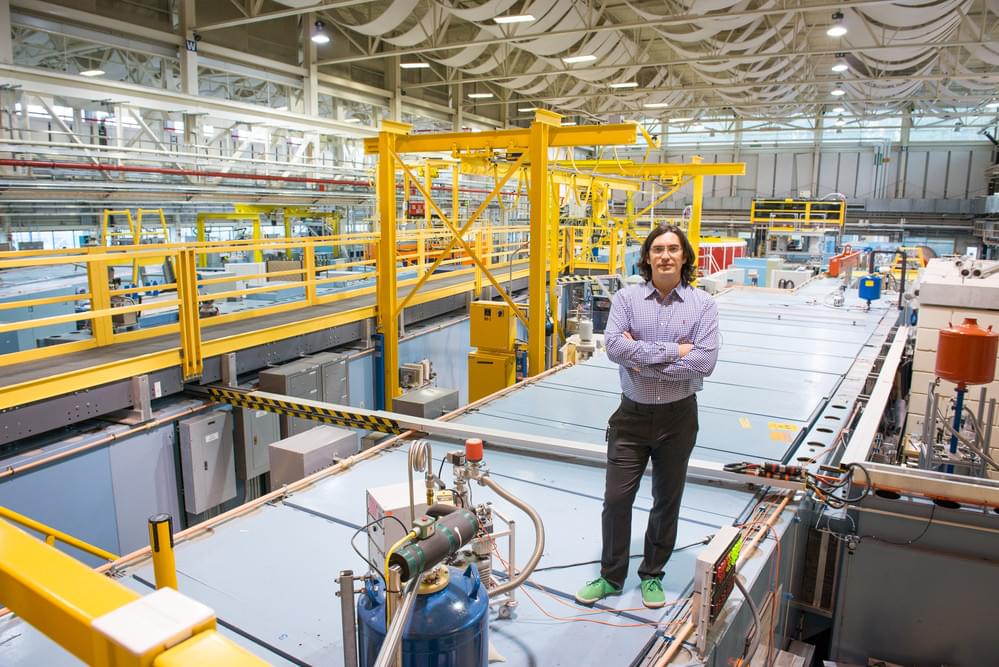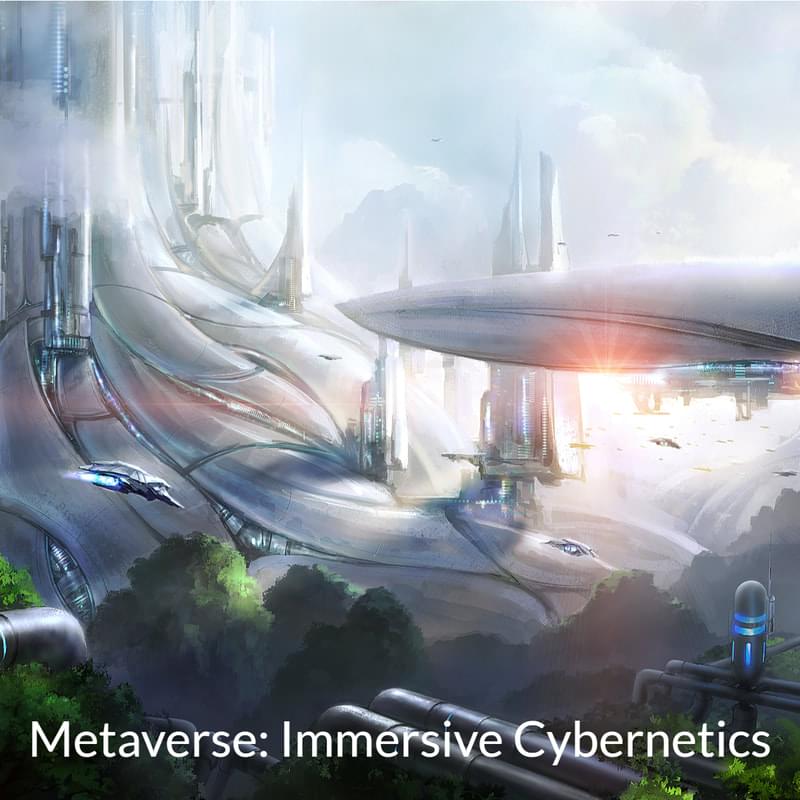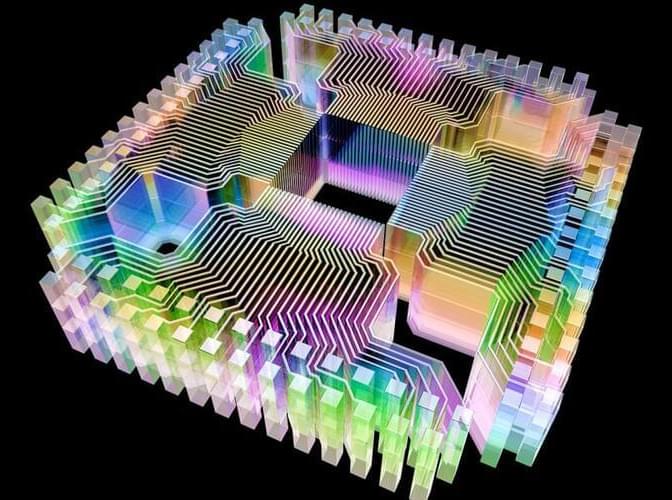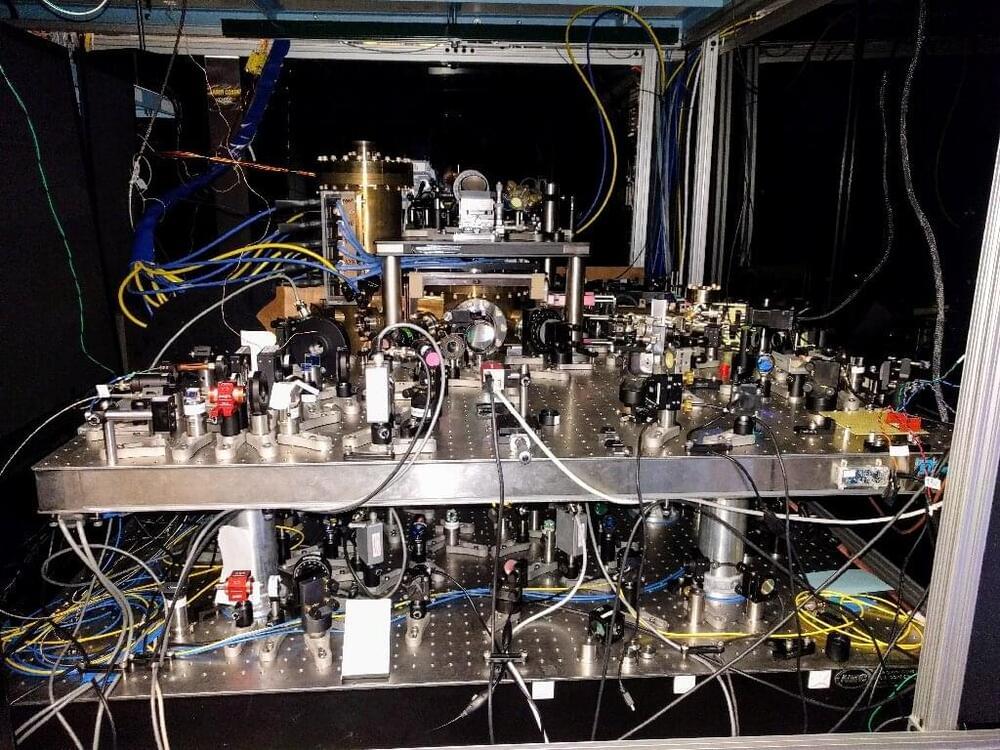Apr 1, 2022
Groundbreaking technique yields important new details on possible ‘fifth force’
Posted by Liliana Alfair in categories: computing, particle physics, quantum physics
Researchers uncovered new information about an important subatomic particle and a long-theorized fifth force of nature.
A group of researchers have used a groundbreaking new technique to reveal previously unrecognized properties of technologically crucial silicon crystals and uncovered new information about an important subatomic particle and a long-theorized fifth force of nature.
The research was an international collaboration conducted at the National Institute of Standards and Technology (NIST). Dmitry Pushin, a member of the University of Waterloo’s Institute for Quantum Computing and a faculty member in Waterloo’s Department of Physics and Astronomy, was the only Canadian researcher involved in the study. Pushin was interested in producing high-quality quantum sensors out of perfect crystals.
Continue reading “Groundbreaking technique yields important new details on possible ‘fifth force’” »

















